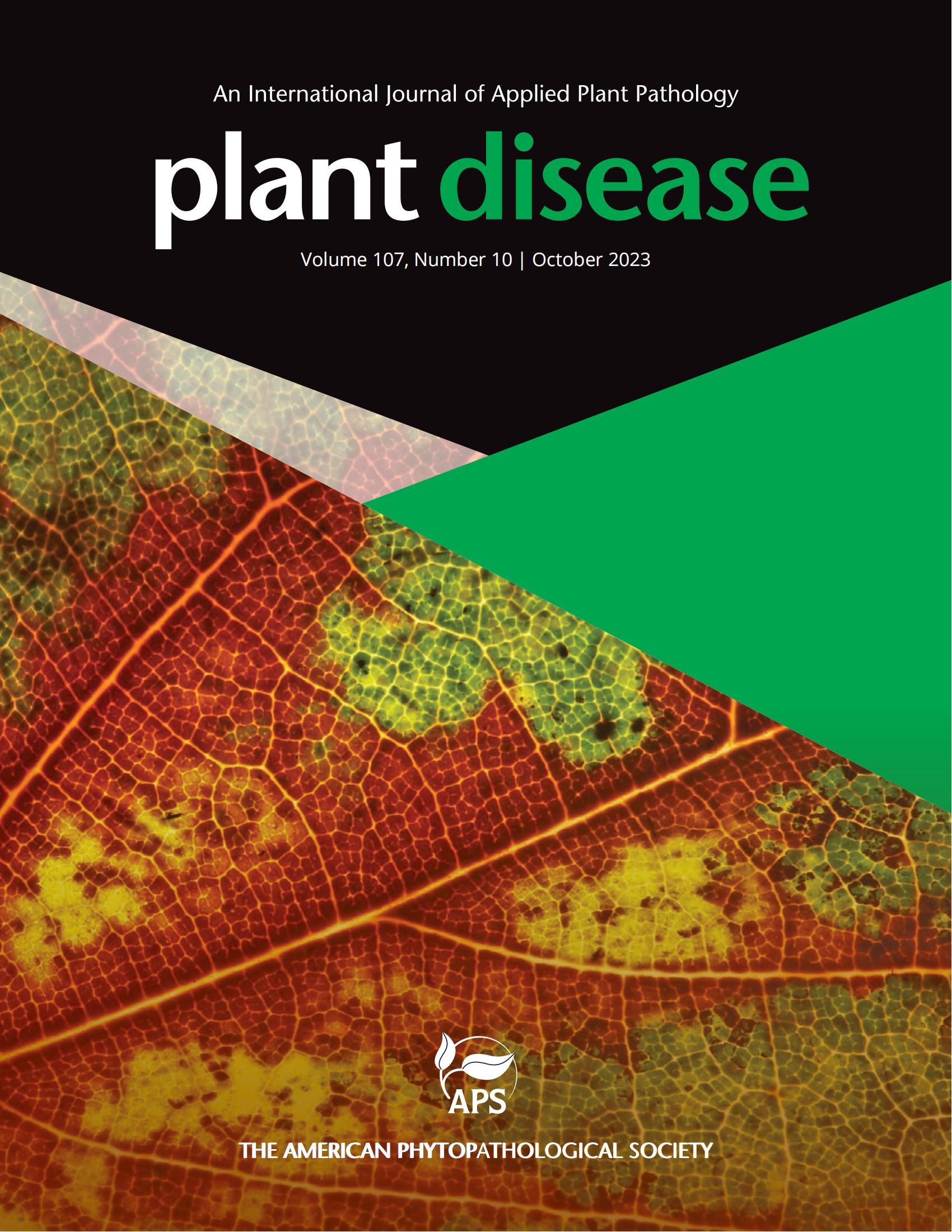云南菟丝子寄生油杉的首次记录。
摘要
菟菟子属,也被称为菟菟子属,由许多全寄生植物物种组成,在中国分布广泛,因其对当地植物的有害影响而被公认(Narukawa, et al, 2021)。在该属中,Cuscuta chinensis作为一种特别值得关注的物种,因为它有可能危及多种植物物种(Tang, et al, 2024)。值得注意的是,缺乏文献记录其与K. evelyniana的寄生相互作用,K. evelyniana是一种具有生态和经济意义的针叶树物种(Tang, et al, 2024)。该树种提供的生态服务,以及其高质量的木材,突出了其在生态和经济背景下的重要性。在2023年的野外考察中,我们首次在中国云南省昆明(102°46′12″,25°05′23″)记录了中国蠓与叶氏夜蛾的寄生相互作用。被金针菇寄生的金针菇植株表现出黄化、萎蔫和落叶等症状。所收集的标本呈黄色,无叶,茎部缠绕,茎节处有吸器,具有中国紫荆的特征。该物种具有伞形花序,包含2至10朵白花,每朵花都有微妙的五分花冠。形态鉴定鉴定为中华月牙。我们调查了一株被感染的叶氏金针兰周围2.8公顷的区域,检查了大约20株植物,只发现了一例中国金针兰感染。鉴于其罕见性和C. chinensis在该地区以外的其他物种上的存在,我们认为K. evelyniana是该菟丝子的罕见寄主。为了更确定地确定物种身份,我们使用Illumina测序技术对整个叶绿体基因组进行了测序。从标本茎中提取总基因组DNA并进行全基因组测序。随后,利用PGA (Plant genome Annotation)工具(Qu et al. 2019)对叶绿体基因组进行组装和注释(Qu et al. 2019),得到完整的叶绿体基因组序列,并将其存入GenBank(登录号:PQ585822)。叶绿体基因组的长度为86,800 bp。BLAST分析证实该菟丝子属C. chinensis,与先前上传的序列(检索号MH780079)相似度为99.85%,查询覆盖率为100%。系统发育分析(1000次bootstrap重复的最大似然和200万次MCMC代的贝叶斯推断,每1000代采样一次)证实该标本为中国古猿。最后,综合考虑形态特征、序列同源性和系统发育亲缘关系,将云南发现的菟丝子标本归类为中国菟丝子(C. chinensis)。云南农业大学园艺与景观学院植物标本馆(编号20230011),寄主为中国金丝桃寄生蜂的金丝桃代金券标本1份。据我们所知,这是中国首次报道中华夜蛾寄生于中华夜蛾。这一新发现为叶氏K. evelyniana的保护提出了前所未有的挑战,同时也加深了我们对Cuscuta物种寄主范围和生态意义的认识。The genus Cuscuta, also known as dodder, comprising numerous holoparasitic plant species, exhibits a broad distribution across China, where it is recognized for its detrimental effects on indigenous florae (Narukawa, et al, 2021). Within this genus, Cuscuta chinensis stands out as a species of particular concern due to its potential to imperil a diverse array of plant species (Tang, et al, 2024). Notably, there is a dearth of literature documenting its parasitic interactions with K. evelyniana, a conifer species that is both ecologically and economically significant (Tang, et al, 2024). The ecological services provided by this species, along with the high quality of its timber, highlight its importance in both ecological and economic contexts. In our 2023 field expeditions, we documented for the first time the parasitic interaction between C. chinensis and K. evelyniana in Kunming, Yunnan Province, China (102°46'12″, 25°05'23″). The K. evelyniana plants parasitized by C. chinensis showed symptoms including chlorosis, wilting, and defoliation. The specimens collected presented yellow, leafless, twining stems with haustoria at the nodes, characteristic of C. chinensis. The species possess an umbel inflorescence containing 2 to 10 white flowers, each with a subtle pentamerous corolla. Morphological assessment identified the specimen as C. chinensis. We surveyed a 2.8-hectares area around an infected K. evelyniana, examining approximately 20 plants, and found only one instance of C. chinensis infection. Given its rarity and the presence of C. chinensis on other species outside this area, we consider K. evelyniana a rare host for this dodder. To ascertain the species identity with greater certainty, we sequenced the complete chloroplast genome using Illumina sequencing technology. Total genomic DNA was extracted from specimen stems and subjected to whole-genome sequencing. The chloroplast genome was subsequently assembled and annotated using the PGA (Plant Genome Annotation) tool (Qu et al. 2019), resulting in a complete chloroplast genome sequence that was deposited in GenBank (Accession number: PQ585822). The chloroplast genome has a length of 86,800 bp. BLAST analysis confirmed the species of the Dodder as C. chinensis, as it exhibited a 99.85% similarity with the previously uploaded sequence (Accession number MH780079), with 100% query coverage. Phylogenetic analyses (maximum likelihood with 1,000 bootstrap replicates and Bayesian inference with 2,000,000 MCMC generations, sampling every 1,000 generations) confirmed the specimen as C. chinensis. Ultimately, the specimen of the dodder recovered in Yunnan Province was classified as C. chinensis, employing a holistic approach that considered morphological attributes, sequence homology, and phylogenetic affiliations. A voucher specimen of K. evelyniana, parasitized by C. chinensis, is archived in the herbarium of the College of Horticulture and Landscape, Yunnan Agricultural University (No. 20230011). To our knowledge, this represents the first report of C. chinensis parasitizing K. evelyniana in China. This novel finding presents unprecedented conservation challenges for the preservation of K. evelyniana, while simultaneously enhancing our understanding of the host range and ecological significance of Cuscuta species.

 求助内容:
求助内容: 应助结果提醒方式:
应助结果提醒方式:


